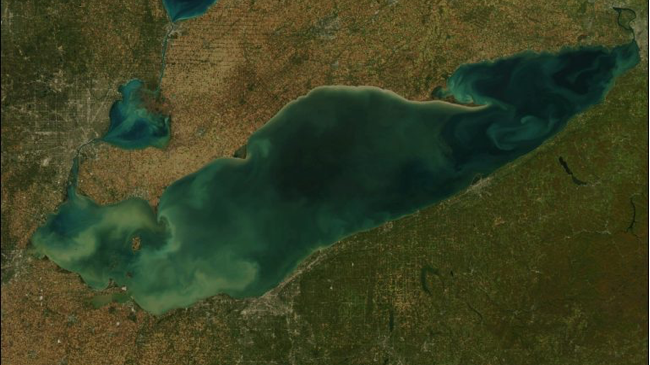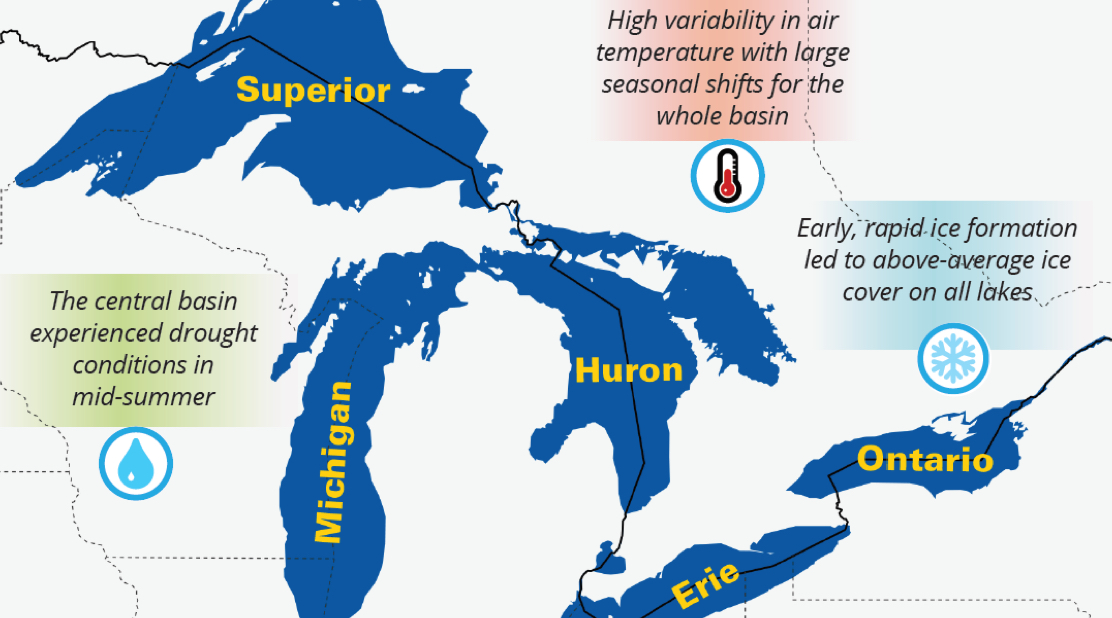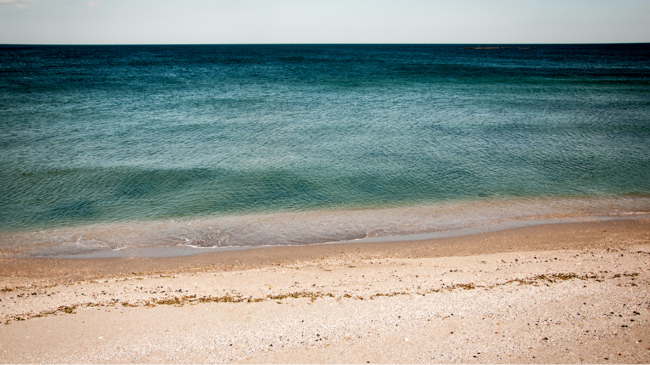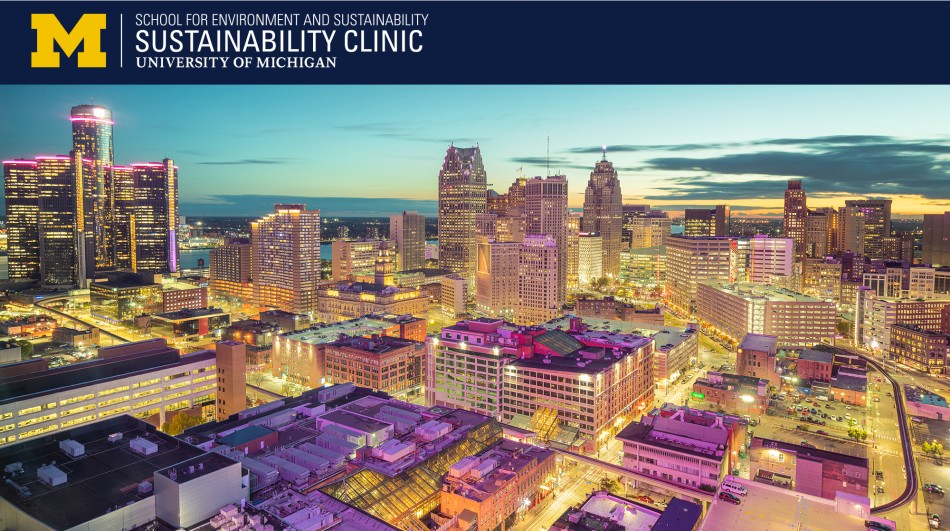Cooperative Institute for Great Lakes Research
Hosted by U-M’s School for Environment and Sustainability (SEAS), CIGLR is a partnership between the National Oceanic and Atmospheric Administration (NOAA), universities, nongovernmental organizations and businesses. Together, they work to achieve environmental, economic and social sustainability in the Great Lakes. CIGLR consists of a research institute and a regional consortium.







